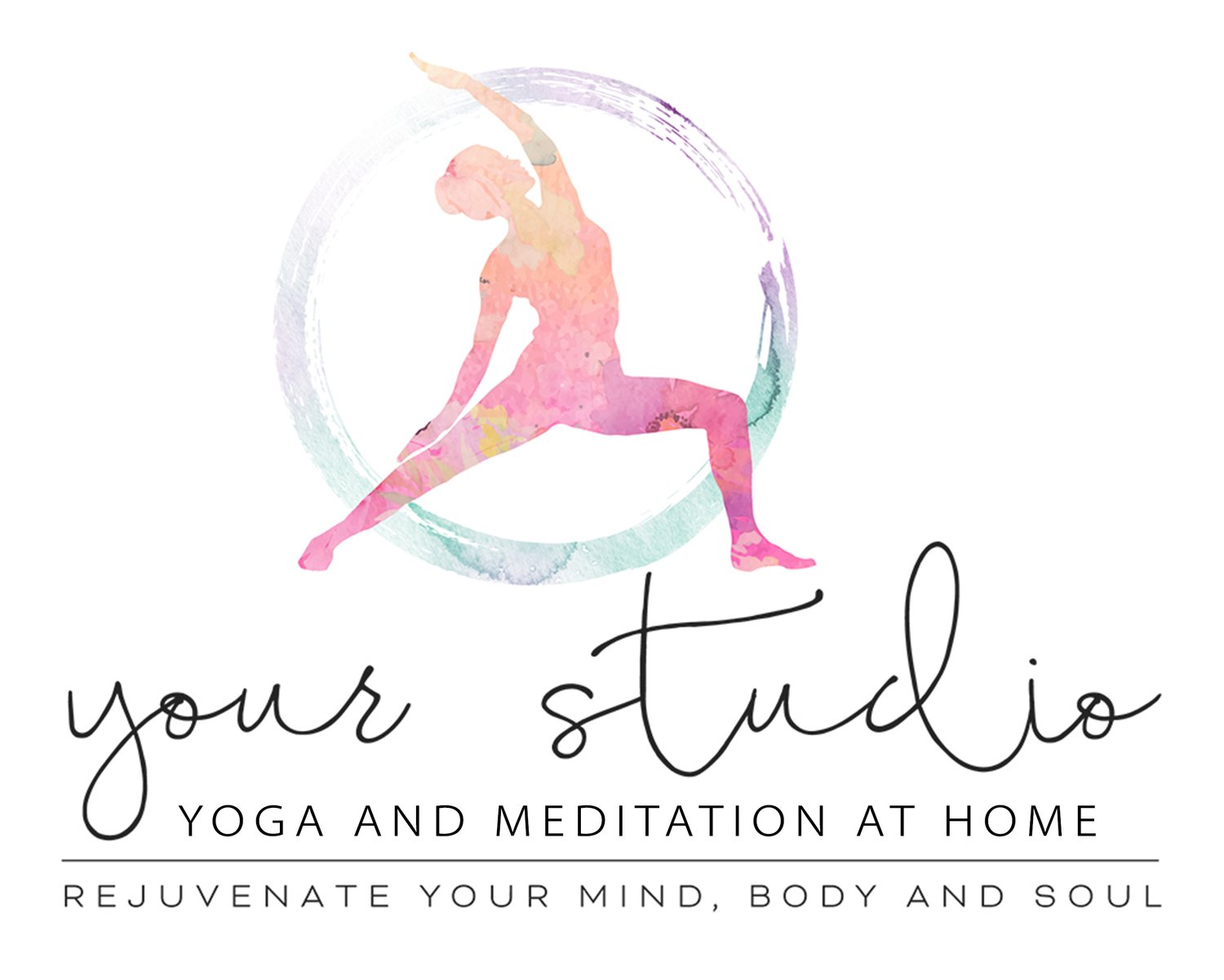Ultimate Meditation Guide
Find the style of meditation that is best for you
We have our own unique preferences to most things in life - Summer or Winter? Morning bird or Night owl? Running up hills or walking along a beach? And our meditation practice is exactly the same.
Perhaps you have a feeling that there is more to meditation, maybe you haven’t found a style that completely clicks with you? Meditation is for life, so why wouldn’t you want to spend sometime being lead through different styles to find what clicks for you.
This Ultimate Meditation Guide splits the most common meditations styles into four parts, letting you take your time to learn about and experience the different styles.
MEDITATION STYLES
Meditation has many styles, techniques and goals. Ranging from physical, psychological, mental and spiritual practices. Some with the purpose of increasing focus, self awareness or consciousness, others are practiced for the feelings or peace, or to increase creativity. It is not ‘one size fits all’.
But one thing that is common is the process of training the mind.
PART ONE: Preparation and Relaxation
Setting yourself up for success and learning how to quickly relax your body are a great logically step to beginning a meditation journey.
This is the first part to the Ultimate Meditation Guide and you should give yourself 2-3 weeks to go read through the information and practice the meditations before moving to Part Two.
Meditation can be roughly broken down into three groups:
PART TWO: Meditation using attention
Often referred to as mindfulness. It is the process of training your mind to become aware of your current moment-to moment experience.
We use an ‘anchor’ to keep ourselves present. This could be the breath, sensations of the body, awareness of thoughts and emotions, or a combination of them.
Part One of the Ultimate Meditation Guide focuses on Meditation Using Attention.
PART THREE: Meditation Utilising Intention
In these forms of meditation we bring a goal, hope or dream with us, and use that desired outcome during the practice.
These styles of meditation may involve an intention, guided imagery, invocation or prayer.
The outcome could be for more peacefulness, deeper spiritual connection, healing or release from suffering.
It is a more active form of meditation that mindfulness, in that you are activily bringing a wish or hope to your practice and you are using creative thinking and emotions (like gratitude, compassion, enthusiasm and empathy) to achieve the desired outcome.
PART FOUR: Meditation Utilising Inquiry
In these styles of meditation, you are connecting with your inner wisdom to provide you with an answer or solution.
Often referred to as ‘contemplative or analytical’ meditation - you use questioning and listening, so both passive and active forms of meditation.
The questions may look like ‘What is this situation teaching me?’, ‘Who am I?’, ‘What do I need to do in this situation?’.
The questions can be in the form of words, imagery and concepts, and the answers and insights come from the analysis and the listening.

